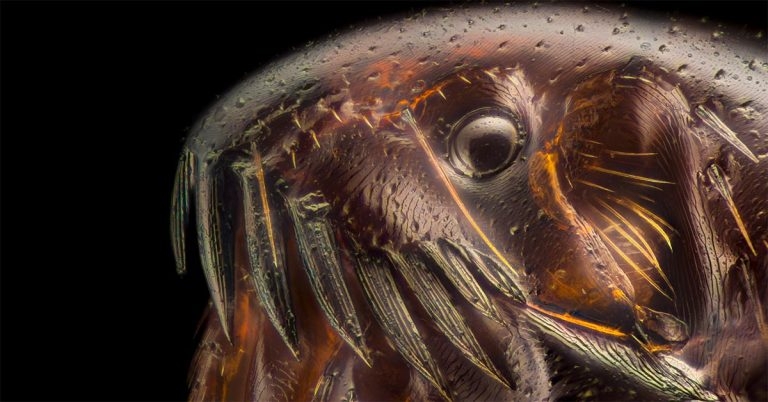4 Nov 2020
With COVID-19 restricting vet visits, Big Flea Project study highlights importance of pet owner education.

A flea at 50× magnification. Image © constantincornel / Adobe Stock
New results from the Big Flea Project (BFP) have revealed the prevalence of flea infestations in the UK.
In work carried out for MSD Animal Health’s BFP, more than half of cats (53%) and a third of dogs (39%) seen by practices received no treatments, with 28% of cats and 14% of dogs observed to have fleas.
Pets treated with fipronil-based medication had higher flea infestation rates than all other products, with fluralaner-based prescriptions having the lowest infection rates.
The full findings have been published in Medical and Veterinary Entomology.
The BFP surveyed 1,475 pets across 326 practices and was conducted by the University of Bristol. It was sponsored by MSD.
Richard Wall – veterinary entomologist at the University of Bristol, who was involved in the BFP – said: ”There is a clear need for greater owner education about the importance of flea treatment, and a better understanding of the efficacy of different flea and tick prevention products.
“It is critical for vets to not only recommend the best product for a pet’s needs, but to also give a better understanding of the effectiveness and correct application of the different treatments.”
Among other BFP findings, 24% of cats and 35% of dogs examined had treatment that was in date at point of inspection, showing “a lack of compliance and education among pet owners that could lead to an increase in flea infestations”.